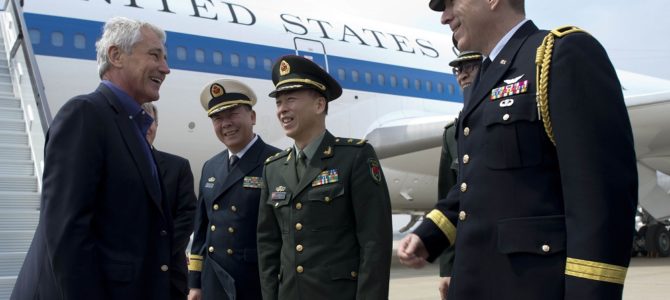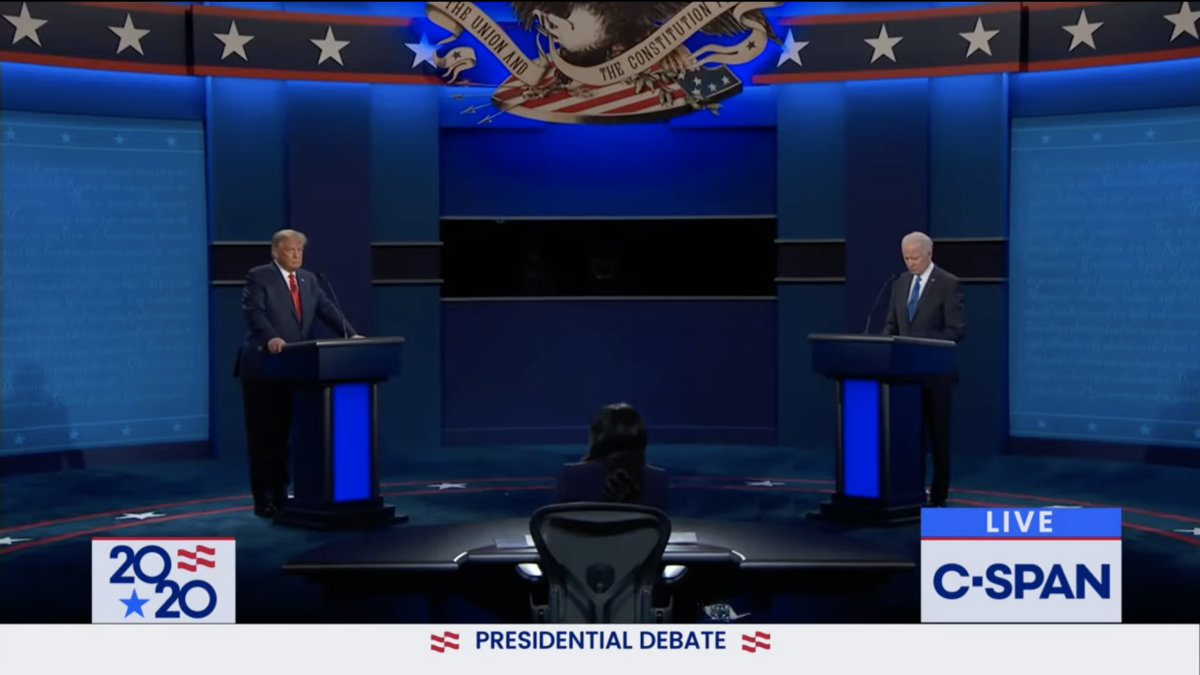
A new Pentagon paper paints a grim picture of the emerging great power rivalry in Asia and suggests that a toe-to-toe balancing with China is now out of the question. The document titled “Military and Security developments in the People’s Republic of China” charts where China has already far surpassed the United States.
For example, by the end of 2019, China possessed the world’s largest standing ground force and leading maritime militia. China has now the world’s largest navy, already with around a 50-ship advantage over America, a gap that is steadily increasing in a competition that is at a much, much higher pace than the Anglo-German naval race of the 1900s.
The Chinese strategy is mass production and overwhelming attack, so even when Chinese quality is not a match for Western navies, China will simply achieve enough tonnage and numbers to overwhelm any near-peer force. China also has the world’s largest coast guard, and dwarves the air-forces of any Indo-Pacific power.
China has the world’s largest sub-strategic missile forces, with “more ballistic missile testing and training launches ‘than the rest of the world combined.’” China has one of the world’s largest and most sophisticated surface-to-air missile forces, which forms a part of an integrated air defense architecture, covering the entire coastline.
This, to put it mildly, throws into tailspin any idea of a toe-to-toe U.S. balancing with China. While a great power rivalry with China is inevitable and there’s a bipartisan consensus about the rise of China as a rival, given the laws of international relations, this rivalry is also not going to be like our forefathers’ Cold War. China is integrated on a much larger scale than the USSR was, and is not an autarkic power.
That means China can use market forces to wreck the West. In the words of Lenin, they’ll buy the rope from the capitalists, then hang them with it. China is also a much larger giant compared to the United States. In the late 1940s or the early ‘90s, U.S. global GDP share was overwhelmingly over that of all the other rivals. That is simply not the case anymore, with Chinese production and manufacturing coupled with an unsurpassable domestic labor force meaning China can outspend, outproduce, and outmatch any competitor, something the USSR never managed.
China is also not an ideological foe, and unlike the USSR, is not seeking to spread communism by force. That gives China an advantage in places like Africa. China is happy to simply do business and sell arms and push American influence away, while Americans are predisposed to try and shape the internal politics of places we do not like.
China will have no issues with LGBT discrimination in a Chinese-allied state in Africa, whereas the United States tries to impose our social values, in even allied countries like Hungary and Poland. It’s like the Cold War in reverse: the Soviets wanted to impose their social and political values, and the rest of the world increasingly chose to go the other way.
Elbridge Colby and Robert Kaplan wrote in their latest essay that seeing the rivalry of China from an ideological angle will likely stunt the American response because that starting point is flawed. The simple reality is that an ideological struggle automatically assumes that if the ideology is changed, through trade or commerce, or spreading values, then the rivalry is bound to go away.
“To conceive of the competition as fundamentally ideological is also deceptive. Doing so risks indulging the chimerical hope that once liberal democracy has spread throughout the world, the strategic competition will end and the United States can peacefully collaborate with like-minded states in a secure globe,” Colby and Kaplan write.
Unfortunately, great power rivalry historically means that great powers with similar ideologies also clash. The history of Europe is of course evident, but often overlooked is that communist China and the USSR were also rivals. Likewise, if miraculously China tomorrow turns into a democracy, even then the rivalry would continue.
“China’s rise to superpower status will exert a pull toward autocracy. China’s fusion of authoritarian capitalism and digital surveillance may prove more durable and attractive than Marxism,” Colby and Kaplan write, adding that the “very scale of China’s economy, population, and landmass and its consequent power would cause profound concern for U.S. policymakers even if the country were a democracy. Seeing this competition as primarily ideological will misconstrue its nature—with potentially catastrophic results.”
China’s rise historically mirrors another great power’s rise, that of the United States, which after the Monroe Doctrine and hegemony in the Western Hemisphere turned to slowly build up as other powers fought, bled, and withered away. China also thinks its time is finally here, as the United States is forced to concentrate elsewhere.
It is simple mathematics. Consider the 11 American carrier groups spread out across the oceans. Chinese carrier groups will number approximately six by the mid-2040s, but if the United States is still bogged down elsewhere, China will concentrate its entire navy in Asia, dwarfing the combined might of the United States, Australia, India, and Japan. An eye-to-eye brinkmanship will bankrupt the West, and destroy its already fragile social contract, especially with universities and media acting as the enemy within.
There is no way this is sustainable in the long run. America is simply an overburdened titan, similar to the British Empire after World War I. Added to that, the biggest challenges facing the United States are within.
This brings forward a few key questions. What are the regional priorities of U.S. foreign policy? If the United States is falling behind with a defense budget four times that of China, then simply adding cash will not help. A change in strategy is required.
A realist foreign policy, therefore, dictates an immediate end to humanitarian wars, nation-building, North Atlantic Treaty Organization expansion, and freeriding, and Middle Eastern wars. Domestic policy must accordingly defund all garbage research like gender studies, and spend those wasted billions in rebuilding a manufacturing worker base.
It would also mean an FBI task force to crack down on anarchists and other domestic subversive forces and propaganda. It would mean pushing big tech to choose a side, between the U.S. government or China. Finally, it would mean creating scenarios that bog China down in warfare and bleed itself dry.
As I wrote recently, to let an adversary bleed itself dry in an ungovernable stretch of land with negligible strategic importance is an ancient, classical, and often underrated grand strategy. Britain and America did it with Joseph Stalin and Adolf Hitler for a whole year before D-Day; and the USSR did it with the United States in Vietnam, paid back with interest in Afghanistan in an exact reverse play.
In the future, if China ever gets in a conflict with Taiwan or Vietnam, or even India, a prudent policy would be to sell arms without getting involved. Realism is admittedly a hard sell in America, given constantly hyper-emotional public opinion, but there’s a rational, amoral way to restore a balance of power and stop the rise of China.
China is an empire, and the moment it acts imperial, it will invite a backlash, which has bankrupted and bled every empire in history. One needs to allow that to happen. The question is, as always, if American policymakers are prudential enough to follow through.








